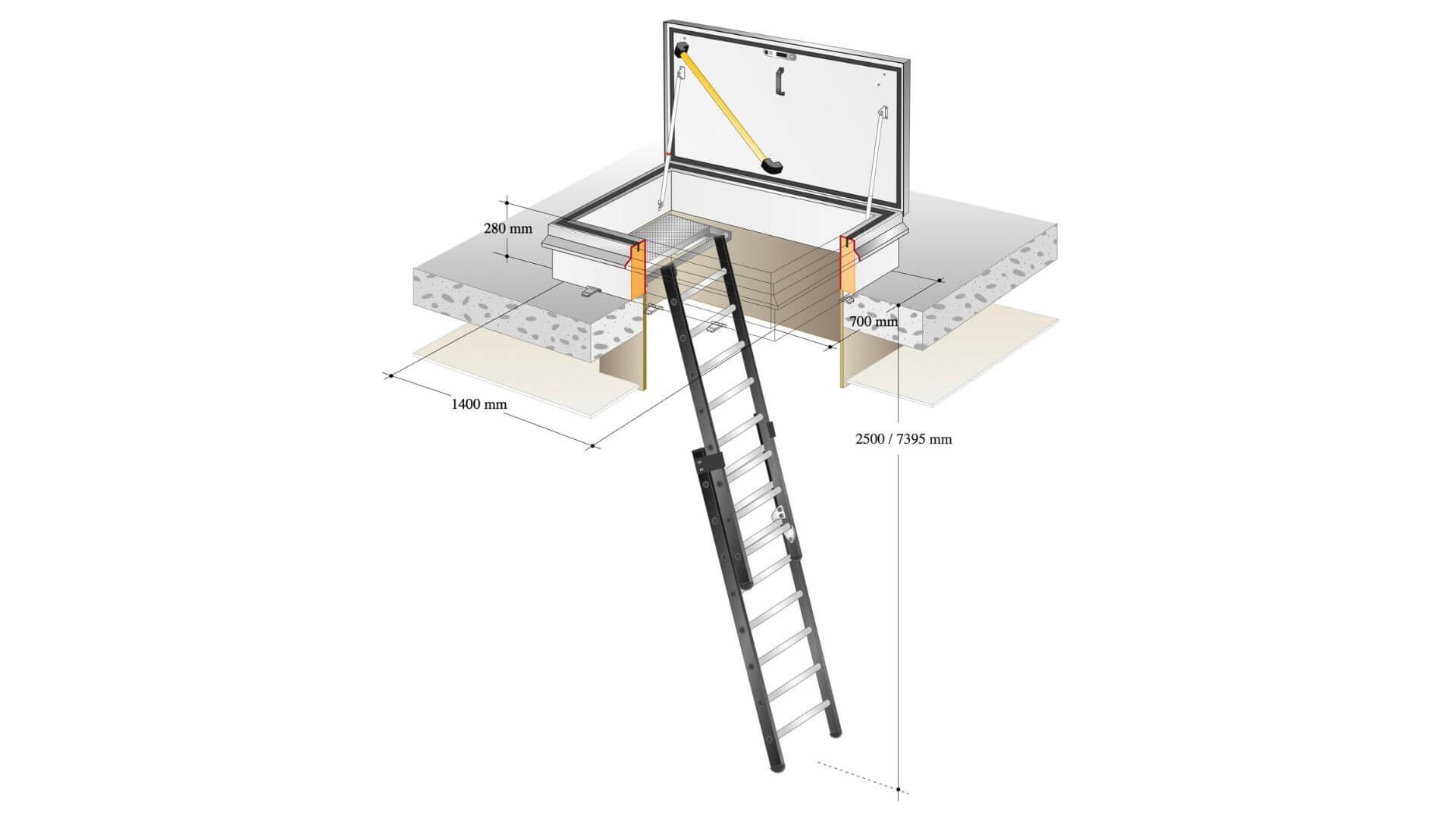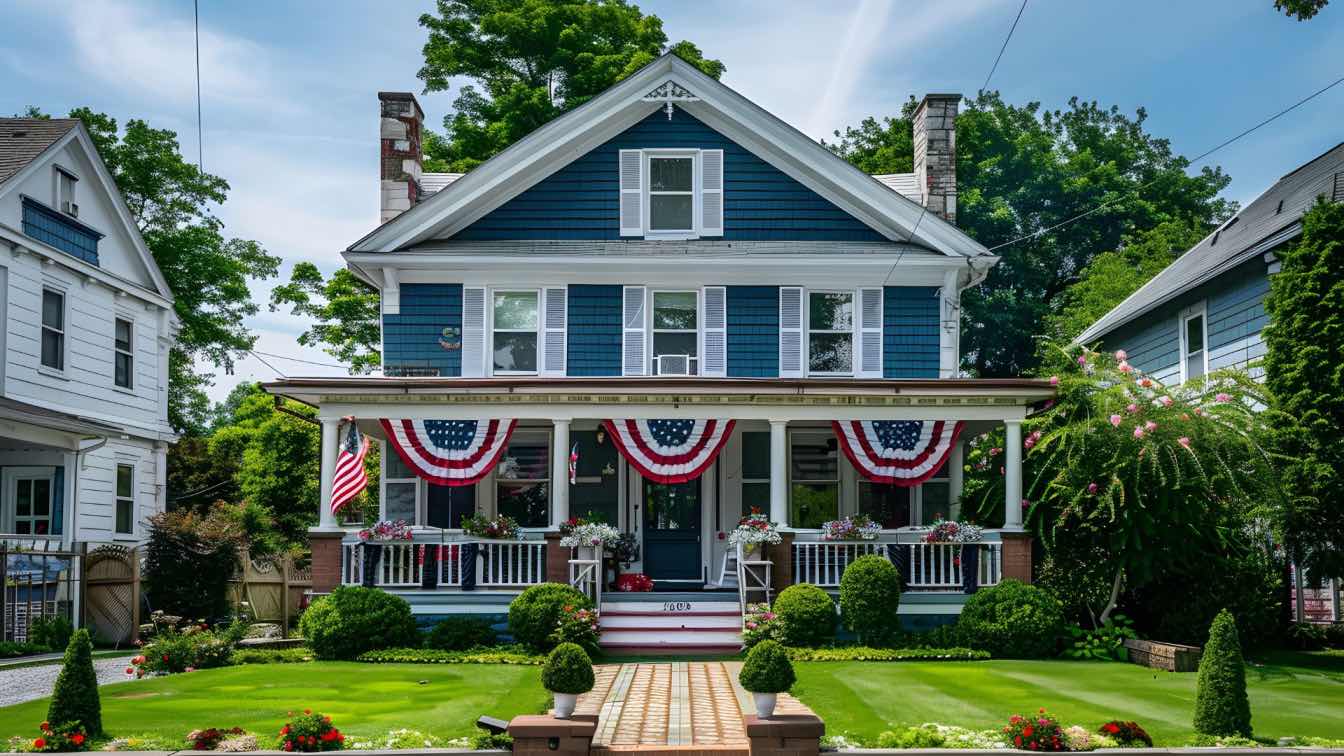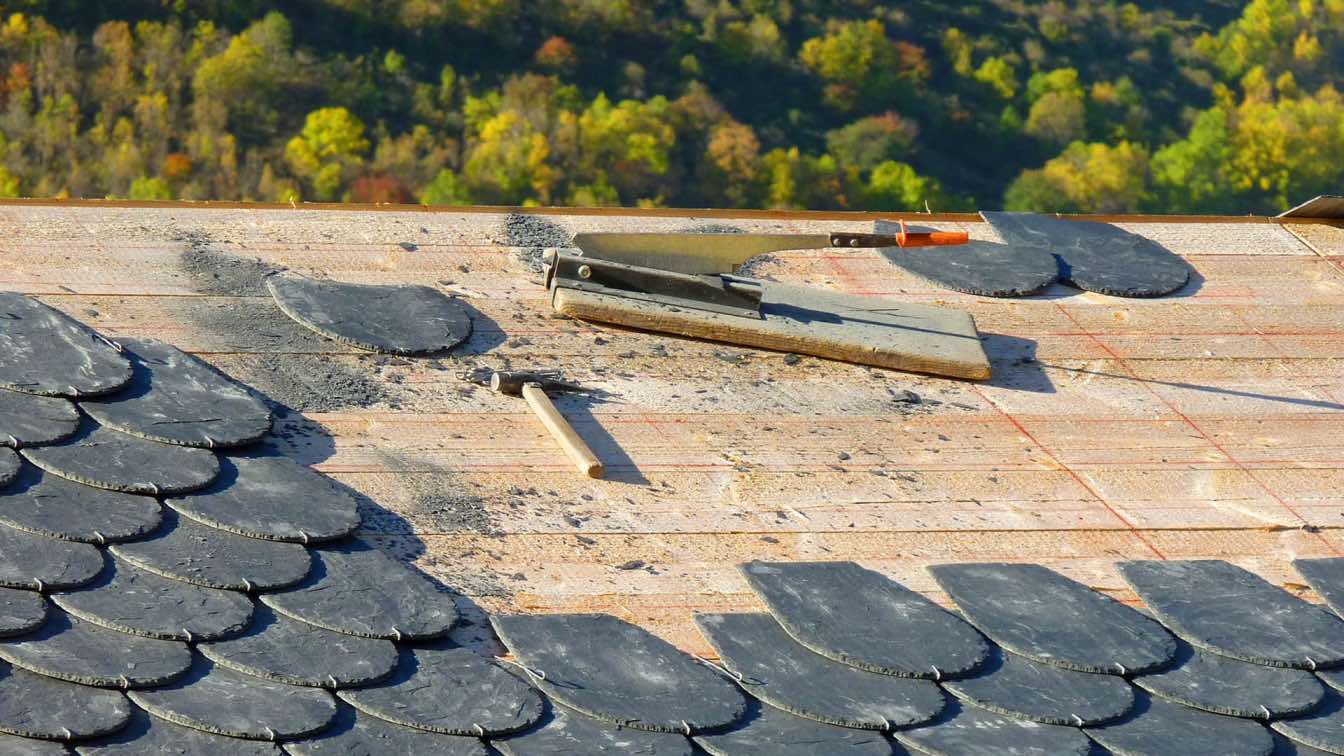When it comes to home designs, do you have a particular aesthetic in mind? Some of the best home designs once resulted from someone’s dreams. Moving your design from your mind to paper and then toward a completed project can be overwhelming. This guide will assist you with getting started on your dream home.
Determine a Budget
Starting off your dream home design with a budget is a great place to start. Your budget determines important things like location, size, features, and materials. If you plan to fund your new home project with a loan, this is also a good time to seek lending options. Talk with a few lenders and find the loan that best suits your needs. If you plan to pay cash, make sure you have the funds readily available to begin paying contractors.
Choose a Build Location
The next step is to choose your location. Perhaps you already have vacant land that you plan to build on, which makes this step easy. Otherwise, you’ll need to check out a few vacant land destinations for sale and choose the one that best suits your dream home. Make sure you pay attention to lot size and any zoning rules. Consider the lot’s layout to ensure it suits your dream home. Tennessee has a lot of great, in-demand locations to choose from, including Murfreesboro, Hendersonville, Knoxville, and Nashville.
Make a List of Must-Haves and Nice-to-Haves
Making a list of must-haves and nice-to-haves can help you control spending and prioritize the features most important to you. Add any features to home amenities that are a must in the must-have section. Then, add any features that would be nice but aren’t as important to the nice-to-have section.
Consider things like the number of bedrooms and bathrooms. Decide if your dream home needs both a casual and formal dining room. Think about the outdoor space, and ensure you leave ample room for these plans as well. If you’re unsure what amenities or accessories you want in your home, consider looking to professional home design blogs for inspiration. Here, you can learn about the latest design trends, as well as eco-friendly options.
Make a Rough Draft Blueprint
Now, it’s time to get your dream home on paper. You’ll need a licensed architect to create a formal blueprint that contractors and builders can follow, but in the meantime, a rough draft can help you get your thoughts in order. Grab a large piece of paper and spread it over a table that offers ample room. Begin adding the different rooms in your home, including their location and size. This rough draft blueprint can be an excellent starting point when sharing your home-build ideas with a builder.
Decide DIY or Professional for Different Home Projects
Now, go through your design and decide which parts require a professional and which you could handle as a DIY project. Of course, you’ll need a licensed builder to erect your home's foundation. You should also leave electrical, roofing, foundation, and plumbing work to the professionals. Don’t forget that you’ll need an inspector to sign off on the home before it’s habitable, so it’s important not to skip corners when it comes to professional work.
Some smaller projects, like painting and tiling, may be DIY-friendly. Homeowners working as contractors or builders may decide to DIY more aspects of their homes. Handy homeowners may also find that this is the perfect time to consider a career as a contractor. Keep in mind that states limit the amount of construction work you can complete without a license. You'll need a license if you plan to complete projects valued at over $25,000 (including labor and materials) in Tennessee. You can obtain a license in Tennessee by successfully completing the state exam. Enrolling in a Tennessee contractors license can help you gather the knowledge you need to do well on the exam.
Get Started
Once you have your plans on paper, talked with a professional builder, and researched your state’s licensing requirements, it’s time to start building. It can take 8-12 months in Tennessee to build a home. However, project delays are not uncommon. Home builds are often delayed due to slowdowns in getting materials or pulling permits. Building a home with the necessary licensure can help speed up the process because it allows you to complete smaller tasks legally that could otherwise lead to delays.
Building your dream home is a huge project. However, once completed, you’ll have a home that’s custom-fitted for you and your family. You will spend your life in this home, surrounded by the amenities, features, and designs that you love most. The steps you take in preparing for your dream home now affect the final result.





